
Whether strategically draped over a cover or acting as the wish-fulfilment ideal girlfriend of a strong male protagonist, female characters have been a marked presence within comics for some time. However, this is a stark contrast to the actual number of women creators behind the stories. Tim Hanley, Wonder Woman aficionado and blogger has been researching the numbers indicating that women play a very small role in the creation of these characters, which given the importance placed on the relatability of modern super heroes is an interesting conundrum.
Hanley has been producing his reports on Straitened Circumstances by sourcing the statistics from the Grand Comics Database. Checking his information against the credits provided by online previews, he then releases his review of the current state of the industry’s employment of women two weeks after each book comes out. The percentages given in his blog postings relate to eight main categories of employees – writers, pencillers, inkers, colourers, letterers, editors and assistant editors. Hanley attributes the inspiration for his project to tumblr site Ladies Making Comics, where writer Alexa Dickman reported in November that 13% of the credits from online solicits referred to women. So far he has produced three months of stats, with both companies between January and March 2011 achieving a small amount of progress – 11.1% to 11.4% of female credits with DC and 8.6% to 9.6% with Marvel.
It seems a world away from the celebratory tone of Louise Simonson’s DC Comics Covergirls, which features a series of profiles of the company’s most notable heroines. The book also includes a wide variety of artists that have produced beautiful covers for the likes of Wonder Woman, Supergirl and Batwoman. Obviously as an officially endorsed book, the discussion of DC’s treatment of female characters is largely uncritical. It does point out the historical importance of these creations, such as the following passage: “[Mort] Weisinger had been looking for a way to hold reader interest in the Superman comics, but Supergirl…he hit upon a phenomenon who soon acquired a fan-base in her own right.”
That iconic cover of a teenage Supergirl leaping out of a crashed alien rocket ship before a startled Kal-El (‘Look again, Superman! It’s me – Supergirl and I have all your powers!’) makes for a telling example of how important a female character was for sales. Superman’s appeal had begun to wane by 1959. His cousin helped reignite interest in the franchise. Female superheroes were a marketing coup for comic books, especially if they could be attached to a pre-existing male protagonist.
Of course by this time by Fredric Wertham’s testimony at the Senate Subcommittee on Juvenile Delinquency on the seditious effect of comic books had damaged the reputation of the industry. The expert witness had identified Batman in particular as inspiring homosexuality in young male readers, so DC spent the next decade trying to prove him wrong. Hanley mentioned during an e-mail exchange while researching this article that Ace the Bat-Hound was added to the cast because the editors thought that a German Shepherd was an appropriately masculine breed. By 1956 Kathy Kane the first Batwoman had joined Detective Comics and given Batman a legitimate female love interest. The ultimate male fantasy had finally added heterosexuality to his long line of skills.
Since then Batwoman has returned as Kate Kane, inspired by her male counterpart but no longer romantically interested in him – given that she is a lesbian. The new J.H. Williams III led title does thankfully have a woman, Amy Reeder, assisting on artistic duties. The teaser #0 issue last November also had Janelle Siegel as an assistant editor, making ratio of 2:7 for female/male credits on the book. The ongoing Batgirl title also had Siegel since February along with Katie Kubert on editorial, but every other position was filled by a man.
The sales of comic books continue to drop, while counter-intuitively the concepts behind them inspire superhero films and video games, earning huge profits. Newsarama recently reported on the three-year scholarship programme from Sony Online Entertainment, G.I.R.L. Laura Naviaux, SOE’s Vice President of Global Sales and Marketing is quoted in the article as saying “we have a lot of females that play our games so in turn, we need females on our development teams to be able to deliver content that they’re going to appreciate and want to play.” In fact the Entertainment Software Rating Board reports that 40% of all gamers are women.
Sony is making a sound investment in cultivating that market (Women In Games International is also a site worth investigating). The popular trend of ‘Geek Chic’ targeting women continues to grow. By contrast comic companies such Marvel struggle to follow through on their media blitz for 2010’s ‘Year of the Woman’, producing a small number of titles such as the Girl Comics miniseries and some variant covers spotlighting individual heroines. DC retains its lead on Marvel by publishing books like Gail Simone’s Birds of Prey, but the advantage is miniscule at best.
In 1937 William Moulton Marston gave a quote to the New York Times stating that: “the next one hundred years will see the beginning of an American matriarchy—a nation of Amazons in the psychological rather than physical sense.” This is understood to be the statement from Marston that won him the job of creating Wonder Woman. As the comic book industry becomes increasingly moribund, with its ‘boys club’ image and the low number of female employees, perhaps the shot in the arm comics need is just that – a new wave of ‘Amazon’ creators invested in writing for a broader audience.
This article was written with the assistance of Tim Hanley of Straitened Circumstances, currently researching a book on Wonder Woman (prospective publishers take note!). Several of the above images are photos taken from Louise Simonson’s book DC Comics Covergirls.



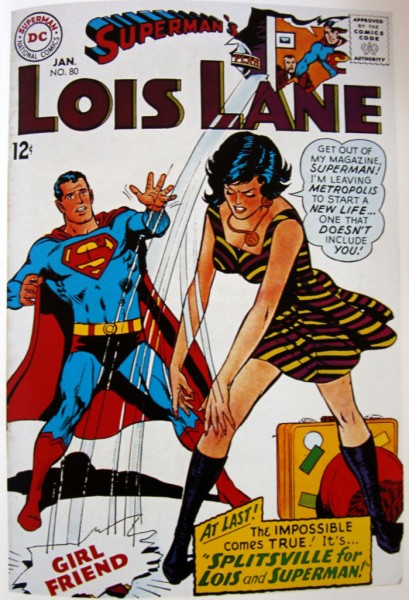
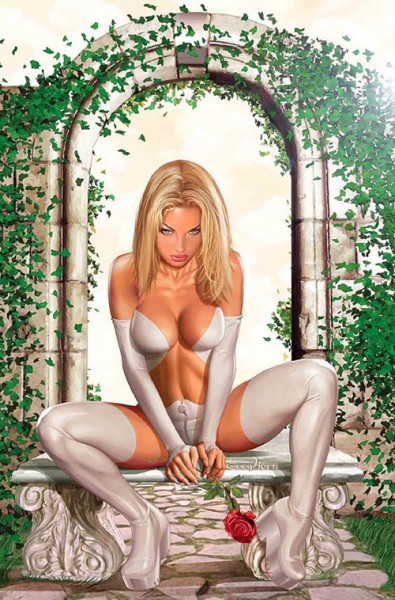
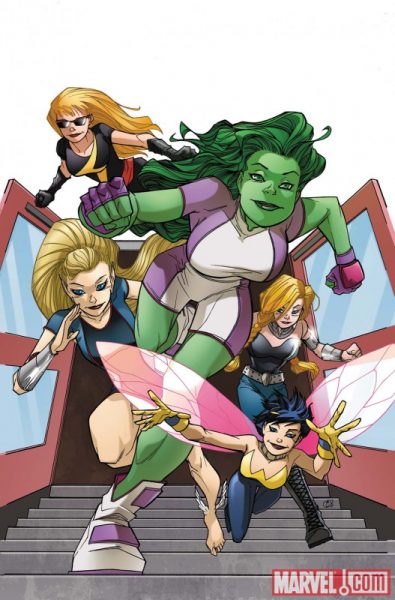
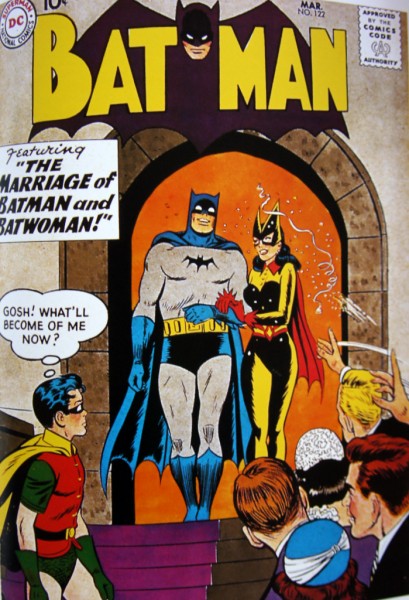
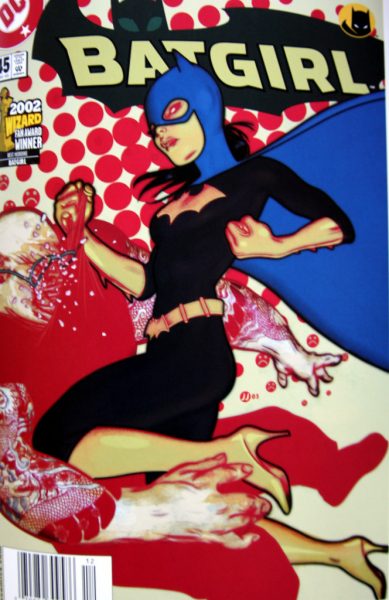
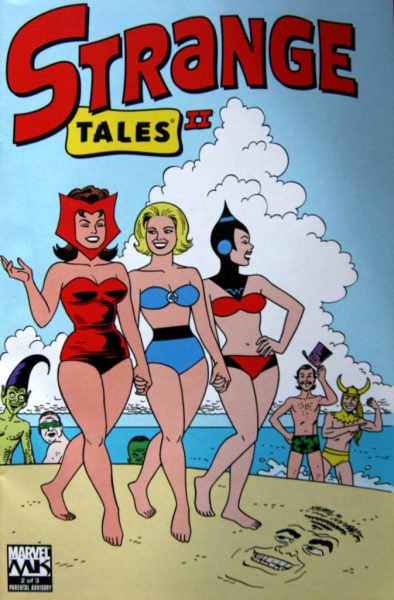














Excellent article!!!
Thank you Mister Blur, sir 🙂